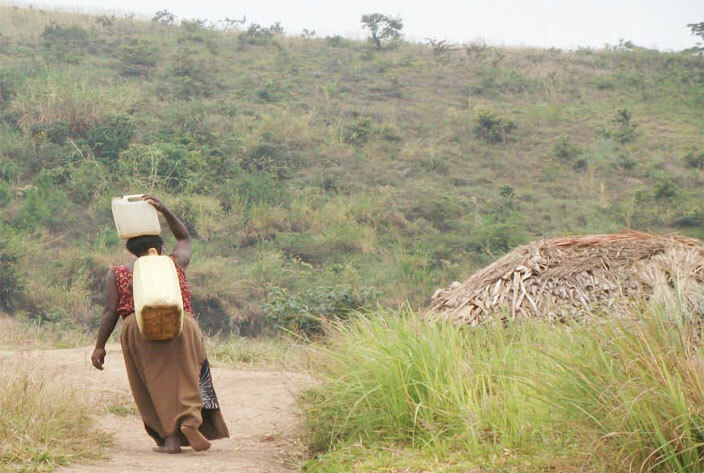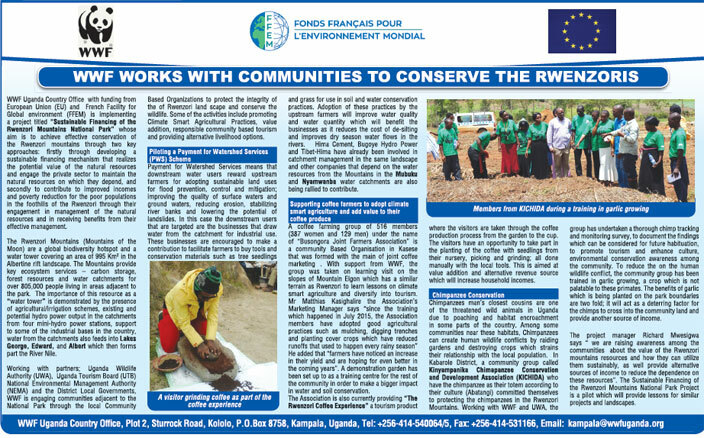World Mountain Forum 2016
Oct 17, 2016
MOUNT ELGON HAS DEVELOPED A 40-KILOMETRE CRACK WITH A WIDTH OF BETWEEN 30 AND 35 CENTIMETRES

Rapid population growth a threat to mountain farming
By Brian Mayanja
On October 20, participants of World Mountain Forum (WMF) 2016 will go on fi eld trip to Mt Elgon. They will tour coffee and banana crops which are mainly the cash and food crops grown around the Elgon areas.
Dr. Sam Kanyamibwa, the executive director of Albertine Rift Conservation Society Collaborative Action for Nature and People (ARCOS) notes that areas around the mountain, farmers grow coffee alongside bananas.
"This kind of arrangement ensures coffee is not exposed to the sun," he adds. Mountain agriculture provides high-value and high-quality products that cater for the increasing market demand and generate income for local communities.
For example, Kanyamibwa says in Ethiopia, farmers also grow coffee in mountain areas. The coffee is internationally demanded. Mountain communities' livelihoods have traditionally relied on farming, which is essentially subsistent in nature.
 Human settlement is reducing the space on the mountains whose fertile soils would have been used for growing crops
Human settlement is reducing the space on the mountains whose fertile soils would have been used for growing crops
The mountain slopes cannot accommodate large scale production. In Uganda, deforestation on the mountains is becoming a threat to both agriculture and wild animals. This will be among the challenges which will be discussed at WMF 2016. Stakeholders will deliberate on the past activities in sustainable mountain development.
Unless the mountains are taken into consideration in the case of Uganda, Kanyamibwa warns that their usefulness is bound to be extinct. The rapid increasing population in areas of Elgon is also becoming a threat, increasing pressure on natural resources around the mountain.
Due to increasing population, scientists say Elgon has developed a 40-kilometre crack with a width of between 30 and 35 centimetres. In March 2010, a land slide hit Bududa district, killing about 365 people. Prior the incident, a big the number of residents had settled in this area, despite a Government warning against it.
Some residents were relocated to government-owned land in Kiryandongo district, after the disaster occurred but after a short period, they returned. The reason residents are hesitant to move, is that the soil is fertile and perfect for farming. And others say they have cultural and historical attachment to the mountain.
At that time, statistics from the Uganda Bureau of Statistics revealed that Elgon has the country's highest population density of 1,000 people per square kilometre with a population growth rate of 3.4% per annum.
ADVERTISERS
WWF COUNTRY
WORLD MOUNTAIN FORUM


